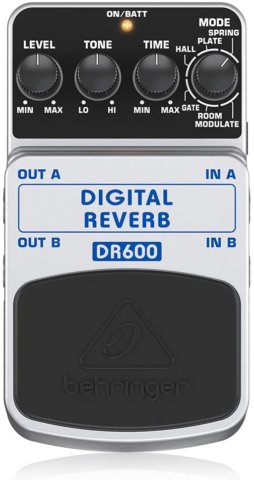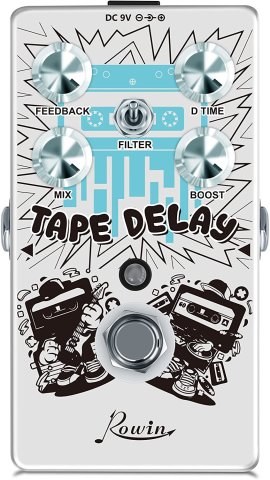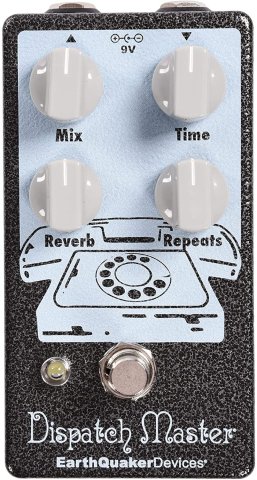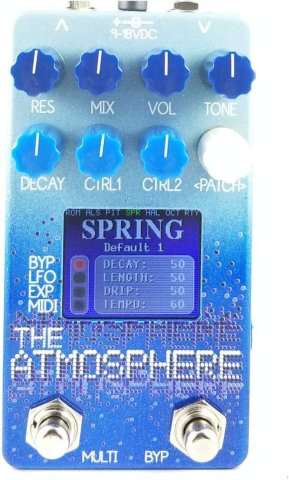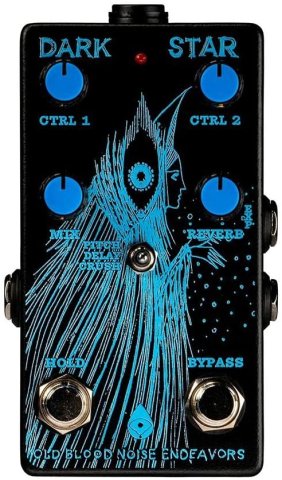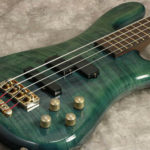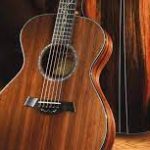REVERB PEDALS
Reverb pedals can turn a dry mono performance into a spacious stereophonic experience that transports your listeners to another time and place, all determined by how you choose to dial in the effect. Whether you’re playing lead or rhythm guitar, supporting during the verses or rocking a solo, reverb is a must-have guitar effect that fleshes out your tone so it fills the soundscape and gets the attention it deserves.
Now we can emulate every type of environment and reverb there is, including plate and spring reverbs and more, all through digital programs.
And that’s how reverb pedals work today, whether electronically through analog circuits or digitally through software. We’ve crammed entire auditoriums into a tiny stomp box all in the name of supreme access and convenience.
What is the Reverb Effect?
This was originally achieved by choosing and later designing specific acoustic spaces that would reflect a sound back and forth for the desired amount of time. It was eventually able to be reproduced using analog electrical means and ultimately digitally in guitar pedals and software plugins.
Reverb is a complex effect. You obviously want one that’s capable of creating the effect based on the input without problem. But beyond that, what should you be concerned with? Not all of these are created equal. I’d say the main thing to look out for is how many types of reverb the pedal can emulate.
There are five classic types of reverb: hall, chamber, room, plate, and spring. They’re named either on the environment or the material used to produce the sound. Not all pedals will offer these five basic types, and some offer even more. At minimum I’d want at least a hall, room, and spring or plate reverb.
That covers most of your ground, but I’d prefer all five. Some pedals offer an additional delay or other effects you’ll see labeled like “shimmer,” for instance. Typically the more options the merrier here, especially if they’re well created effects by a trustworthy manufacturer.
The final item to consider is whether or not you need a tap tempo. Reverb is a time-based effect, but it doesn’t always have to be in time with the tempo of the song.
But if you’re using a delay built into the same pedal then you definitely want a tap tempo option. Otherwise a time knob is just fine to define the length of the reverb tail.
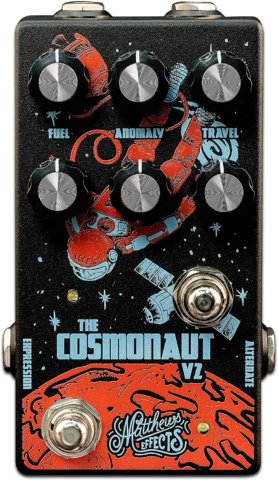
There is a specific order your pedals need to come in that follow a logical sequence. It exists based on the way nature creates the sounds and how each effect can ruin another in the wrong order. It goes like this:
Dynamics, Filters, & Pitch Shifters
Boost & Distortion
Modulation
Time
The mode knob will have a ton of words around it like Spring, Plate, Hall, Room, etc. This lets you select the type of reverb you want to use. You’ll then find a Time knob which lets you define how long this smeared out echo lasts. Sometimes this is called Liveliness or Intensity.
Not all pedals have these or may only have one. Usually they control the Mode if there’s no knob, but others control a pre-delay.
It helps your original signal shine through by not smearing out the pick attack. Other switches will tell the pedal to keep the decay tail ringing out after you cut off the pedal or to stop it abruptly. All in all these are pretty easy to use.
Recommended Reverb Pedals

Strymon Blue Sky Reverb
Normal mode provides an unmodified version of the selected reverb type.
Mod mode adds gorgeous modulation to the selected reverb type.
Shimmer mode adds regenerative pitch shifting ‘in the tank’ for a reverb trail that rises into the clouds. With the Plate type, pitch shifting is octave-up. With Room and Spring types, pitch shifting is an octave plus a fifth.
Walrus Audio Slö Multi Texture Reverb
The Slö Multi Texture Reverb allows players to create lush, modulated, sleepy and ambient soundscapes. Stocked with three different algorithms specifically designed to invoke textures for bringing dreams from your subconscious to reality.

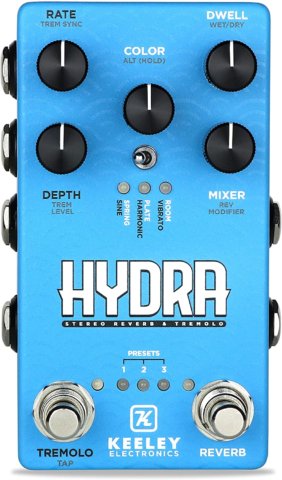
Keeley Hydra Stereo Reverb
The HYDRA combines high-fidelity Reverb and Tremolo to add space and dimension to your guitar, bass, or keyboard signal. After the team at Keeley completed the ECCOS, we wanted to craft the perfect companion pedal, the tone of which had to make it impossible to turn off.
COOLMUSIC C-RV01 Reverb
Electric guitar Reverb effect pedal for guitar players.
With 2 functional knobs(MIX/DECAY) for adjust the performance.
LED light for indicating effector status.
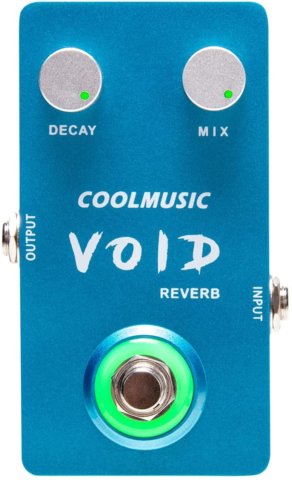
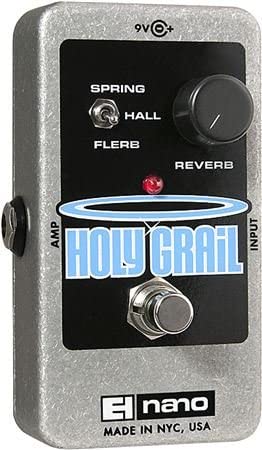
Electro-Harmonix HOLY GRAIL NANO Reverb
Divine reverb for mere mortals. Down from the heavens comes the Holy Grail, a compact digital reverb guitar pedal that is priced so low thou shalt not covet thy neighbor’s reverb tank any longer.
Behringer DR600 DIGITAL REVERB
The DIGITAL REVERB DR600 brings 6 of the most-wanted, 24-bit, high-resolution stereo reverbs to a stomp box near you, including rich and warm Spring, Plate, Hall, Gate, Room and Modulate reverberation effects.
